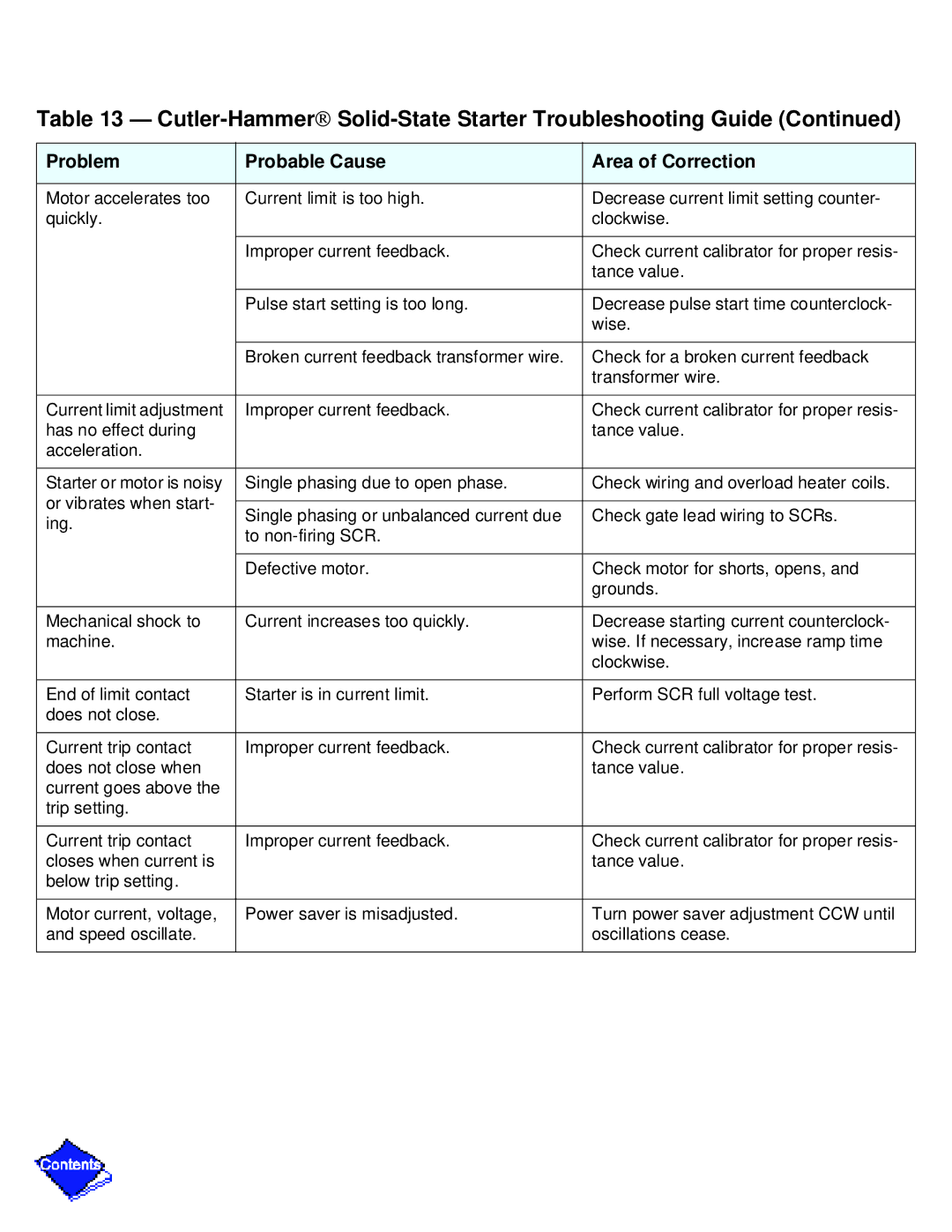
Table 13 — Cutler-Hammer ® Solid-State Starter Troubleshooting Guide (Continued)
Problem | Probable Cause | Area of Correction | |
|
|
| |
Motor accelerates too | Current limit is too high. | Decrease current limit setting counter- | |
quickly. |
| clockwise. | |
|
|
| |
| Improper current feedback. | Check current calibrator for proper resis- | |
|
| tance value. | |
|
|
| |
| Pulse start setting is too long. | Decrease pulse start time counterclock- | |
|
| wise. | |
|
|
| |
| Broken current feedback transformer wire. | Check for a broken current feedback | |
|
| transformer wire. | |
|
|
| |
Current limit adjustment | Improper current feedback. | Check current calibrator for proper resis- | |
has no effect during |
| tance value. | |
acceleration. |
|
| |
|
|
| |
Starter or motor is noisy | Single phasing due to open phase. | Check wiring and overload heater coils. | |
or vibrates when start- |
|
| |
Single phasing or unbalanced current due | Check gate lead wiring to SCRs. | ||
ing. | |||
to |
| ||
|
| ||
|
|
| |
| Defective motor. | Check motor for shorts, opens, and | |
|
| grounds. | |
|
|
| |
Mechanical shock to | Current increases too quickly. | Decrease starting current counterclock- | |
machine. |
| wise. If necessary, increase ramp time | |
|
| clockwise. | |
|
|
| |
End of limit contact | Starter is in current limit. | Perform SCR full voltage test. | |
does not close. |
|
| |
|
|
| |
Current trip contact | Improper current feedback. | Check current calibrator for proper resis- | |
does not close when |
| tance value. | |
current goes above the |
|
| |
trip setting. |
|
| |
|
|
| |
Current trip contact | Improper current feedback. | Check current calibrator for proper resis- | |
closes when current is |
| tance value. | |
below trip setting. |
|
| |
|
|
| |
Motor current, voltage, | Power saver is misadjusted. | Turn power saver adjustment CCW until | |
and speed oscillate. |
| oscillations cease. | |
|
|
|
